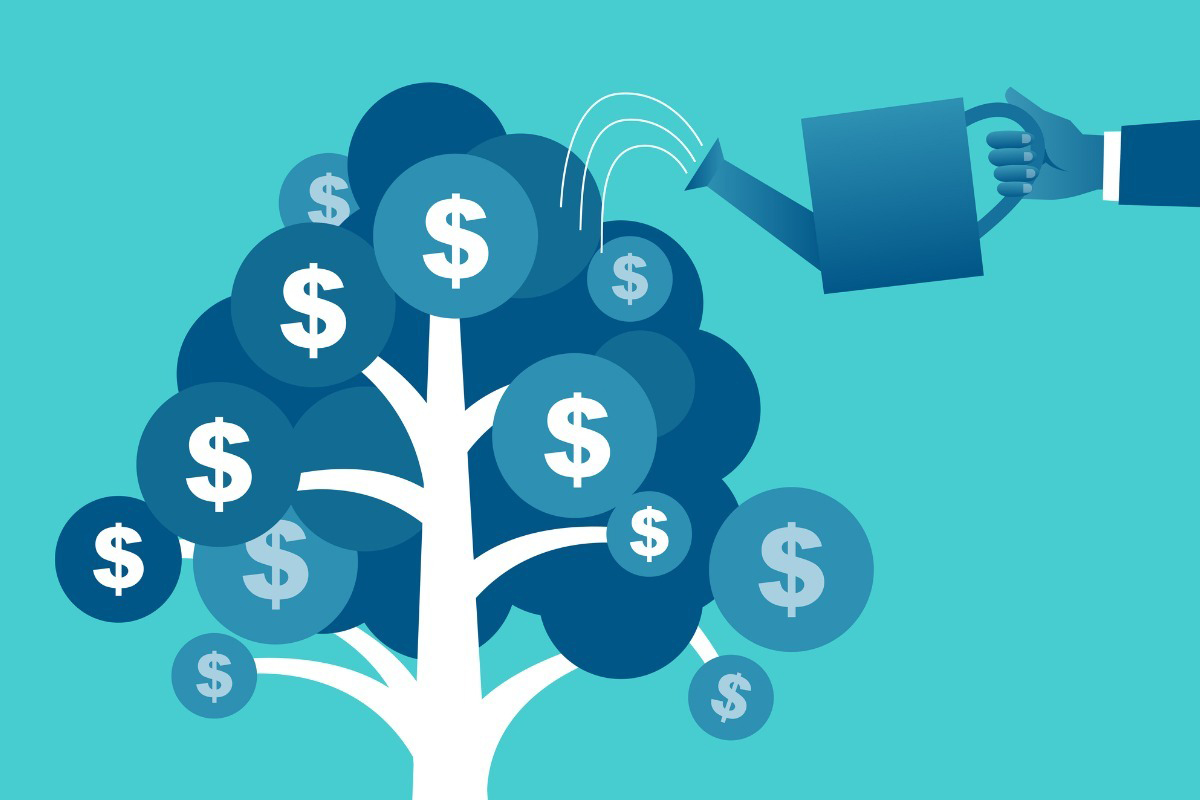
Public pension funds derived 71% of their revenue from their investment earnings last year, up from 69% in both 2019 and 2018, according to an annual study from the National Conference on Public Employee Retirement Systems (NCPERS).
Employer and employee contributions made up the rest of the revenue, accounting for 20% and 9%, respectively. The share of revenue from employer contributions declined from 22% in 2019, while the share of revenue from employee contributions remained unchanged.
The study was based on responses from 138 state and local pension systems that have approximately 12.8 million active and retired members, and assets of more than $1.5 trillion in actuarial and market value. Among the responses, 51% were from statewide pension systems, while 49% were from local pension systems.
The funds reported one-year and 10-year returns above their assumed rate of return, while the five-year and 20-year returns were slightly below their target. The average one-year return for the funds was 8.1%, while the average five-, 10-, and 20-year investment returns were 6.8%, 8.7%, and 6.3%, respectively. The average funded level rose to 75.1% from 72.4% in 2019.
The average assumed rate of return for responding funds was 7.26% in 2020, up from 7.24% the previous year. Overall, 52% of responding funds said they lowered their assumed rate of return, with 17% saying they are considering doing the same.
In 2019, the funds’ average one-year return was 4.5%, while the five-, 10-, and 20-year average returns were 7.1%, 7.7%, and 11.2%, respectively. The sharp decline in 20-year returns from 11.2% to 6.3% during the year was attributed to the strong performance of the late 1990s rolling off the average.
Among the retirement systems that offered cost-of-living adjustments (COLAs) to members, the average adjustment in the most recent fiscal year was 1.7%, up slightly from a year earlier. However, the report noted that many of the funds that responded did not offer a COLA in the most recent fiscal year.
And the overall average expense to administer the funds and to pay investment management fees for all respondents was 60 basis points (bps), or 0.6%, up from 0.55% in the 2019.
The report also found that the COVID-19 pandemic—not surprisingly—had a significant impact on the adoption of communication capabilities, as the ability of board members to participate and vote by phone or videoconference rose to 58% from 19%. Approximately 54% of funds now offer live web conferences to members, with another 19% considering it.
Related Stories:
10 Ways to Close Public Pension Funding Gaps
What’s the Answer to Low Returns for Pension Programs? Alts
Report: Public Pension Funding, Education Not Mutually Exclusive
Tags: COLA, Coronavirus, COVID-19, National Conference on Public Employee Retirement Systems, NCPERS, Pandemic, Retirement System

